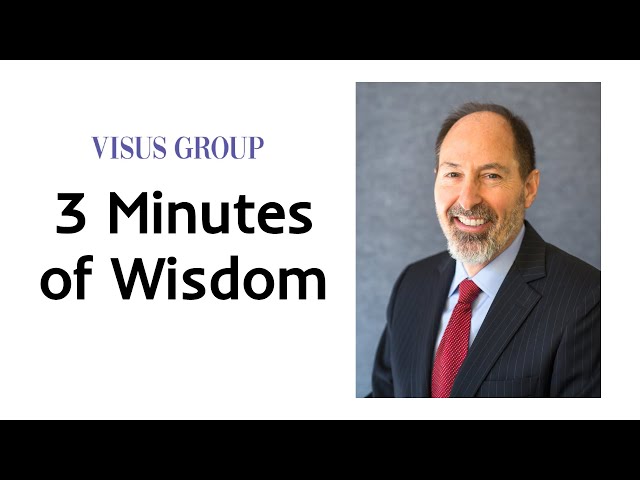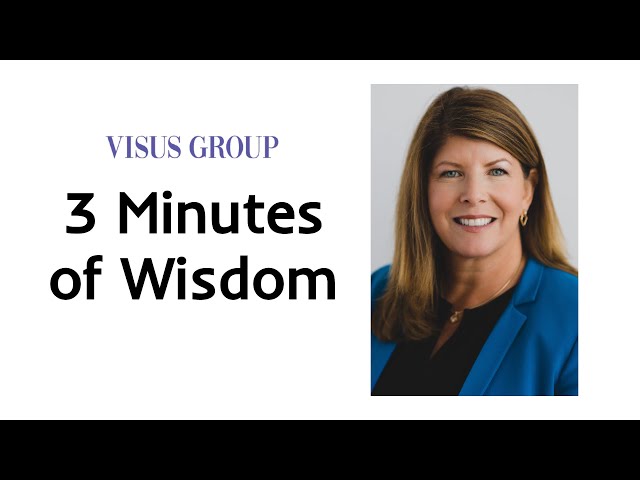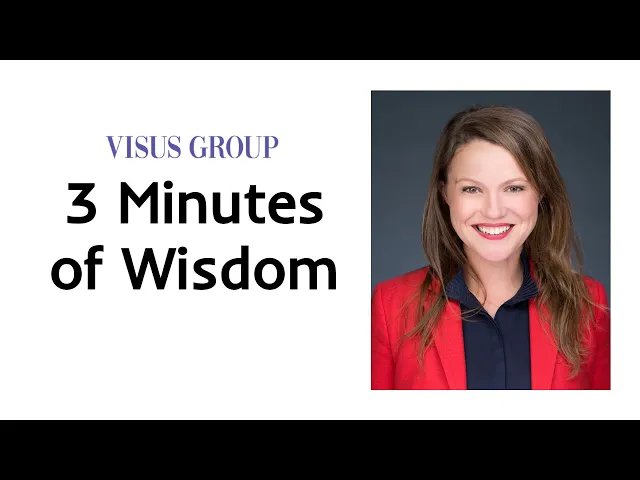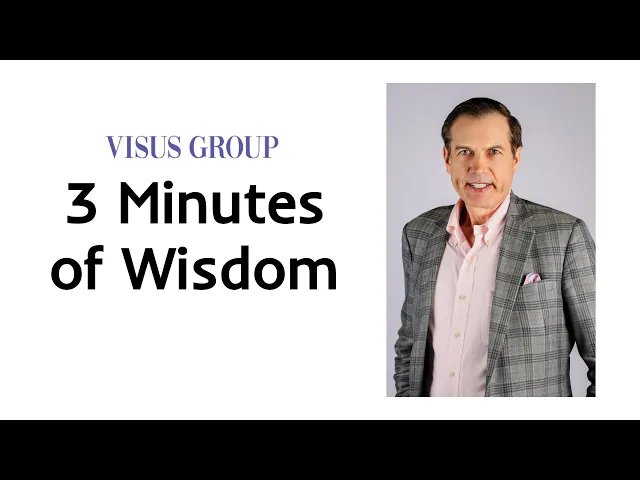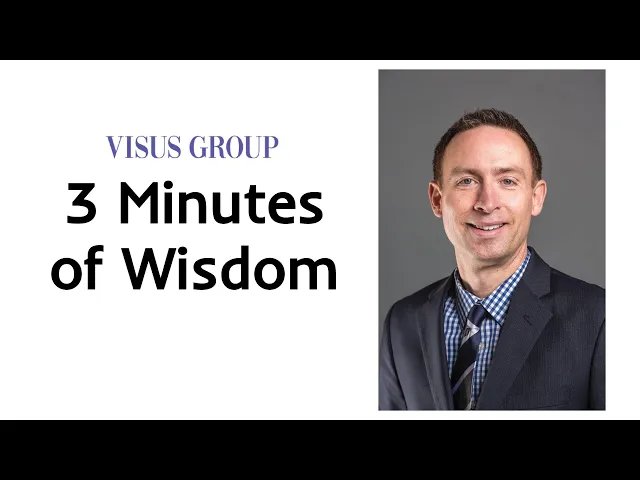It is that time of the year where business owners and senior management in the staffing industry are working hard to plan for 2021. And as much as pundits say we need a roadmap in order to succeed in our businesses, developing one is one of those leadership responsibilities that senior people in the staffing industry loath the most. This goes for the small privately held staffing business to the very large national staffing firms.
Several years ago, INC Magazine conducted a survey of the common things that business executives did that landed them on the INC 500 list and stayed on the list versus the firms that got on the list and fell off the list. Strategic planning, formal planning, and annual planning were on the short list for the firms that got on the list and stayed on the list for five plus years. Point being, strategic planning is a really smart thing to be doing if you like to see growth in your business.
I have always been curious about the reasons why so many executives running staffing businesses have a resistance to annual formal planning for their business. One past client of mine said, “We tried planning once, it didn’t work so we never tried it again”. Another past client of mine said, “I don’t plan because if I develop a plan for my business then I would have to follow it. I like shooting from the hip”. I hear most often, “Things change too much. We have put plans together in the past and by March the plan is out the window”.
I attended a recent staffing show and during the show, I was talking to a staffing leader that had grown several staffing businesses to north of $100 million in annual revenue and sold them. An unassuming gentleman. I asked him, “What are the top three most important things to focus on when growing a staffing business?” He said, (and this is likely the most important thing to think about in this blog) “Plan, People and Financing. You have to have a well thought out plan, you have to have the right people in the business to execute on the plan, and you have to not get in trouble financing your receivables.”
We have all heard “If you don’t plan, you plan to fail.” This, actually, is not 100% true. We all have met people that grew a business, generated tons of wealth, and did it with no plan in mind. Lucky? Maybe. Right place at the right time? Maybe. A rarity? Absolutely. For the most part, the ninety-something percent of us fall into the same mindset – if we do not plan, we really do plan to fail.
What is the best way to proceed with this planning conundrum? Do we plan for our business or do we not?
It has been my experience that for smaller owner-operator staffing firms, a “Sales Plan” is actually more important than a strategic plan. If you download a business plan format for a startup, you will quickly discover that it is a simple sales plan format. That aside, a sales plan is going to force the owner of that staffing firm to lock down on a unique selling proposition, an ideal client profile, an account analysis of key accounts, a top 50 prospect list, and much more very tactical sales related dynamics that are very critical to the growth and sustainability of a small staffing business. At the end of the day, a sales plan is a part of business planning.
For larger staffing firms, it is best to pursue a formal planning process. It is not uncommon that larger firms bring in an outside resource to facilitate this process. An outside resource is not politically attached to any one executive or any one idea and becomes the point person for driving the process forward to completion. For larger staffing firms, vision, mission, values and culture development are essential to articulate as the organization has grown well past the owner-operator structure. Such a planning process is going to include an industry analysis, a customer analysis, an internal analysis, the development of key initiatives and action plans, a financial model to back the plan up and much more.
The Visus Group has been facilitating sales planning processes and business planning processes for staffing firms of all sizes. Understanding the internal human and financial resources and how to allocate these resources, understanding the external threats and opportunities, getting focused on a few key business altering initiatives is critical to success. It is never one size fits all when it comes to successfully planning for the business.
Another form of planning and business optimization is through the implementation of the Entrepreneurial Operating System (EOS). Visus Group partners with a Professional Implementer that focuses solely in the staffing industry. This process is another great way to simplify your business, develop a plan, and begin to deliver on execution of that plan with a high level of accountability. More on that in our next post…
Bottom line, remember what my colleague said, “Plan, People and Financing”. It all starts with the right planning and we think the time is now. Ready to get started? Please give us a call to help you get there.


